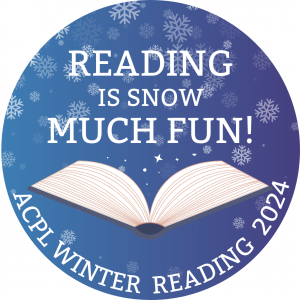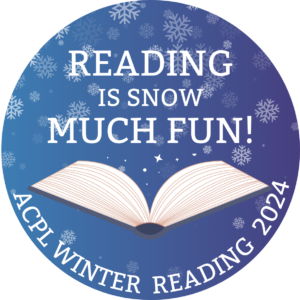Romance Roundup
In honor of Valentine’s Day, lets chat about romance novels. What are they and why do we like them? There are two requirements for a book to be considered a romance. One, the main plot centers on two individuals falling in love. The author can include as many subplots as they like (murder mystery, baking competition, alien invasion, etc.), as long as the love story is the main focus. Two, there has to be a happy every after. Many romance readers (including me) take comfort in the guarantee that there will be an emotionally satisfying ending waiting for us.
There is a lot of diversity in romance. These novels can be set in any time or place, have any tone or style, and having varying levels of steaminess. Below, I am sharing a favorite contemporary, historical, and paranormal romance.
The Love Hypothesis by Ali Hazelwood
Ali Hazelwood is one of my top contemporary romance writers. She has become known for writing romance novels featuring women in STEM fields. In this book, Olive is a busy PhD candidate needs a boyfriend and it does not matter who. Enter Adam, a young professor, who agrees to be her fake boyfriend. As time goes on, real feelings begin to emerge and they have to decide what to do next.
Bringing Down the Duke by Evie Dunmore
This debut novel is the first in Evie Dunmore’s A League of Extraordinary Women. It is 1879 and Annabelle is in the first cohort of female students at Oxford University. She is also involved in the women’s suffrage movement and is recruiting men of influence to help champion their cause. Her target is the Duke of Montgomery and more than politics will be at play. Once you finish this first book, continue on with the rest of their series featuring more strong-willed women who have met their match.
Payback’s a Witch by Lana Harper
In this paranormal romance series, the town of Thistle Grove is home to magical residents. Emmy Harlow retreated to the non-magical world years ago after a bad breakup. She reluctantly returns for a town-wide celebration. On her first night back, Emmy meets two other witches who have also been duped by the same man. They agree to team up and exact revenge. This book and the novels in the rest of the series are cozy rom-coms that you do not want to miss.
I have too many favorite authors to go into detail on all of them. Other authors I would recommend include Tessa Bailey, Sarah Hogle, Martha Waters, Alexis Hall, Jasmine Guillory, and Sarah MacLean. I invite you to pick a new author to explore.
Amanda Gramley is the Adult Programming Coordinator. You can reach her at agramley@alamancelibraries.org.




































